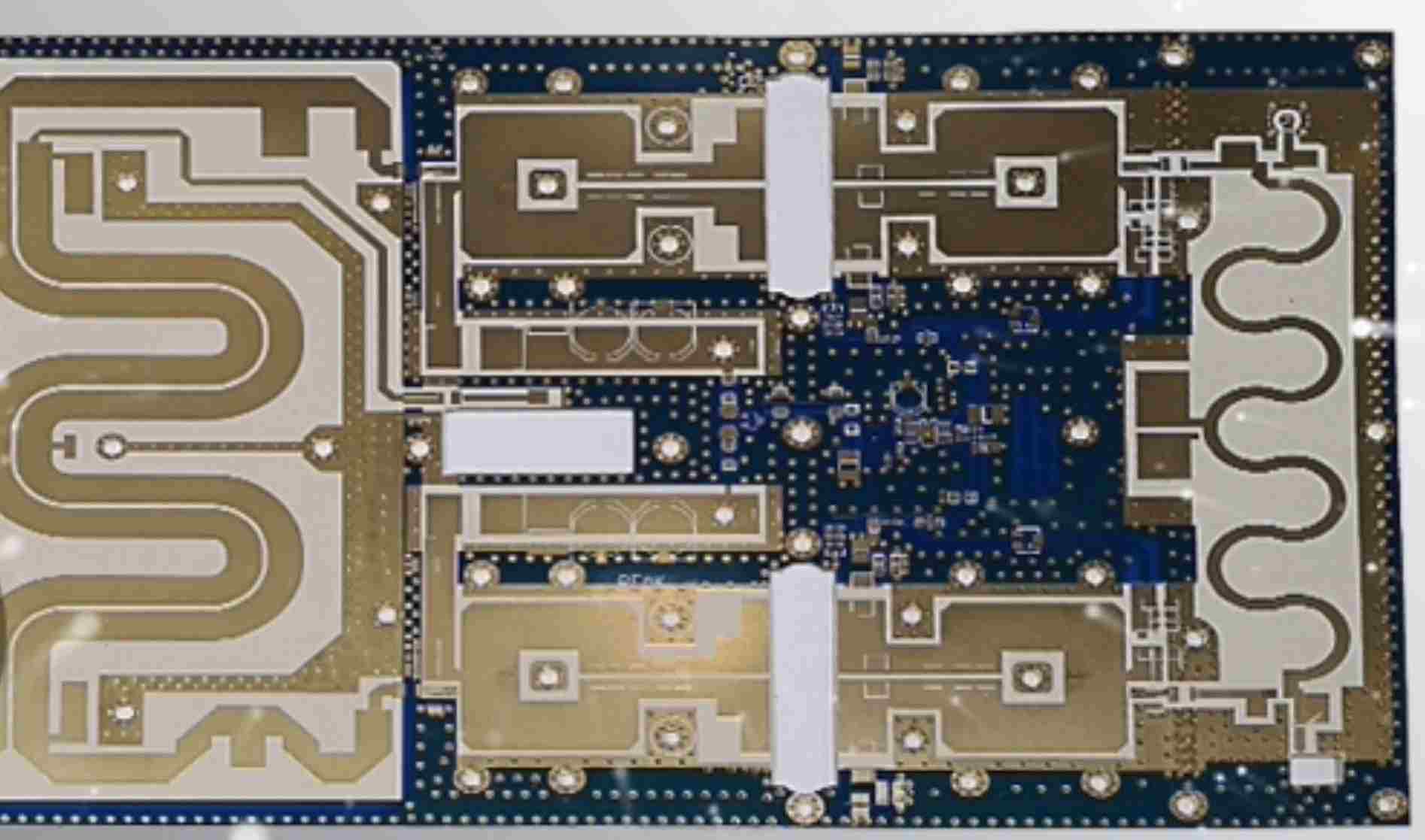Introduction
Printed circuit boards (PCBs) that operate at radio frequencies (RF) require special design considerations to ensure proper functionality. An RF PCB manufacturer has the expertise and capabilities to produce high-quality boards for RF applications. This article explores the key benefits of partnering with a professional RF PCB fabrication company.
High Frequency Materials and Constructions
RF PCBs require substrates and laminates engineered for high frequency operation. These materials control dielectric constant, loss tangent, and other properties. An RF PCB manufacturer will use the appropriate material for your design frequency and avoid using standard FR-4 material. They have access to high frequency materials like Rogers, Taconic, and Arlon.
Common RF PCB Materials
| Material | Dielectric Constant | Loss Tangent | Frequency Range |
|---|---|---|---|
| Rogers RO4003C | 3.38 | 0.0027 | Up to 6GHz |
| Taconic RF-35 | 3.50 | 0.0018 | Up to 12GHz |
| Arlon 25N | 3.38 | 0.0025 | Up to 15GHz |
Precision Manufacturing Processes
RF designs require tight tolerances for trace widths, dielectric thickness, and lamination registration. An RF PCB manufacturer will use precise processes like laser direct imaging (LDI) and automated optical inspection (AOI). This ensures accuracy and consistency across large panel sizes.
Controlled Impedance

Maintaining controlled impedance in transmission lines is critical for RF PCBs. A reputable RF PCB manufacturer will have advanced impedance tuning capabilities. This includes selecting the right materials and processes to achieve 50 ohm or other target impedance.
RF Modeling and Simulation
An RF design requires pre-fabrication modeling and simulation using advanced EM and SPICE tools. This verifies signal and power integrity before the PCB layout process begins. A professional RF PCB manufacturer will have engineers well-versed in high frequency modeling techniques.
Assembly for RF Components
Many RF designs require specialized components like ball grid arrays (BGAs), quad flat no-leads (QFNs), and small outline transistors (SOTs). An RF PCB manufacturer will have assembly capabilities tailored for handling small, dense components with precision and quality.
Testing and Qualification
Once fabricated, RF PCBs require specialized testing like signal reflection (VSWR) and insertion loss measurements. An RF PCB manufacturer will have in-house labs for qualifying RF performance. This validates the design meets all electrical requirements.
Frequently Asked Questions
What are some examples of RF PCB applications?
Some common examples include telecommunications infrastructure, radar systems, satellite communication, mobile devices, IoT products, aerospace avionics, and automotive sensors. Any product involving wireless signals from MHz to GHz frequencies requires an RF PCB.
What key factors affect the cost of RF PCB fabrication?
The cost depends on materials used, layer count, panel utilization, lead time, and order quantity. Advanced RF materials, more layers, tighter tolerances, and smaller batches generally increase cost. A good RF PCB manufacturer will work within your budget constraints.
What are the main differences between RF and standard PCBs?
RF PCBs require special materials, tighter tolerances, controlled impedance, EM/SPICE modeling, precision assembly, and RF testing. Standard PCBs focus more on FR-4 materials and do not need the same level of high-frequency design expertise.
What are the most common PCB substrates used for RF designs?
The most popular RF PCB materials are Rogers RO4003C, Taconic RF-35, and Arlon 25N. These provide a low dielectric constant and low loss for excellent high frequency performance. Many other substrates are available for specific RF applications and designs.
How can I ensure my RF PCB layout meets target impedance?
Work closely with your PCB manufacturer early in the design process to select the right substrate material, stackup, trace widths, and reference planes to achieve 50 ohm or other required impedance. Have them validate impedance with modeling prior to fabrication.

Leave a Reply